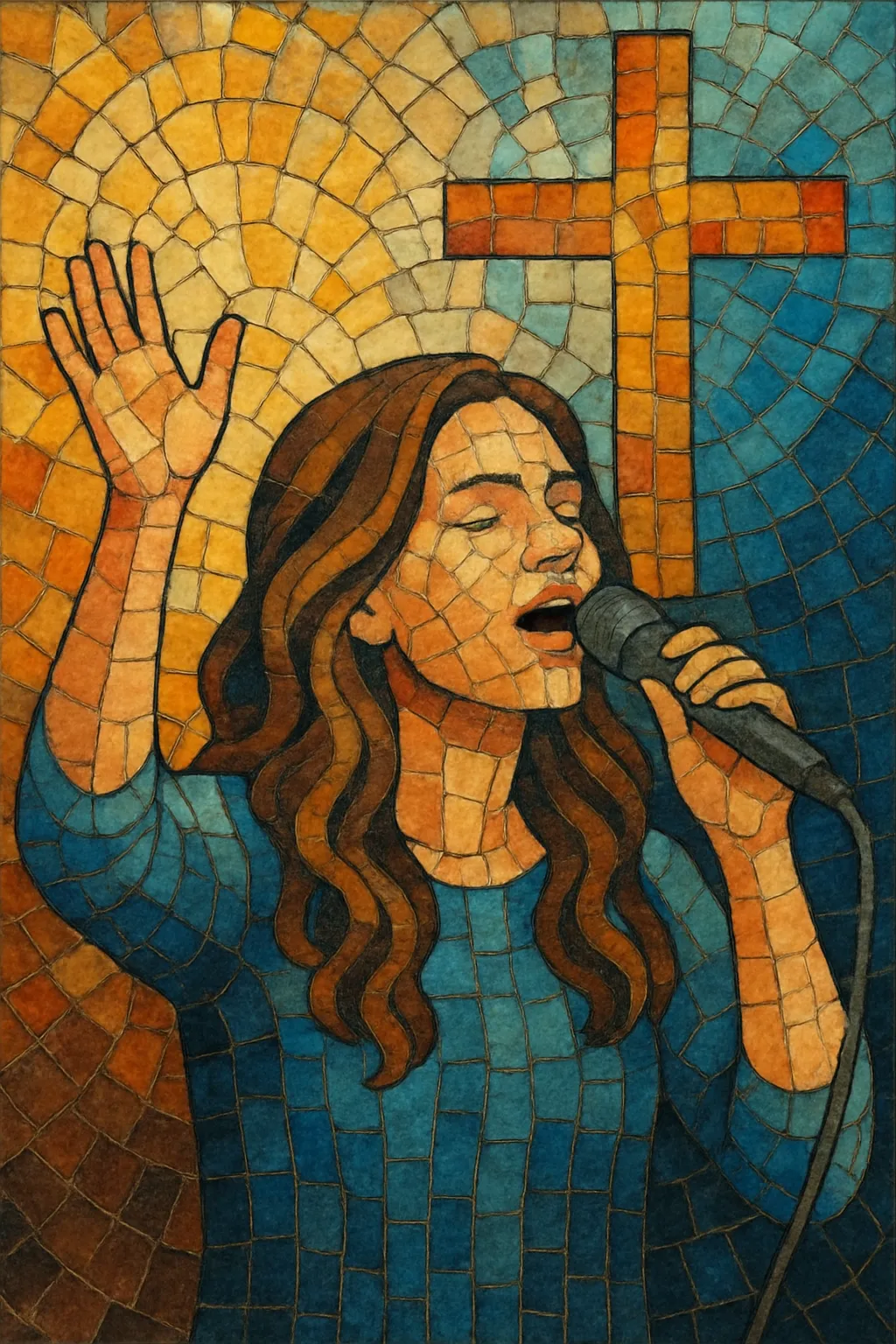
Christian pop is a strand of contemporary Christian music that adopts the sounds, structures, and production values of mainstream pop while centering explicitly Christian, faith-based, and inspirational lyrics.
It emphasizes catchy hooks, polished vocals, verse–chorus–bridge song forms, and radio-friendly arrangements. Sonically it ranges from soft rock and adult contemporary ballads to synth-driven, dance-pop tracks, mirroring broader pop trends while maintaining messages of hope, testimony, praise, and everyday discipleship.
Christian pop emerged from the Jesus movement and the rise of Contemporary Christian Music (CCM) in the United States during the 1970s. Artists began to adopt mainstream pop songwriting and production while communicating Christian themes, laying the groundwork for specialized Christian radio formats and labels.
The 1980s brought professionalized production, synths, and soft-rock balladry. Amy Grant and Michael W. Smith became pivotal figures, scoring both Christian radio hits and mainstream crossover singles. Labels and distribution networks matured, and Christian AC/CHR radio formats helped standardize a pop-forward sound within CCM.
In the 2000s, Christian pop absorbed elements from dance-pop, R&B, and pop-rock. Established artists continued to chart on Christian radio, while new acts embraced contemporary production (808s, glossy synths, and layered harmonies). Digital platforms expanded international audiences and fostered collaborations across pop, worship, and hip-hop spheres.
Streaming accelerated stylistic convergence with mainstream pop and the rise of pop-influenced worship. Artists blended anthemic choruses suitable for congregational singing with modern pop textures. The genre remains a primary wing of CCM, balancing explicitly faith-centered lyrics with accessible, radio-ready aesthetics.

